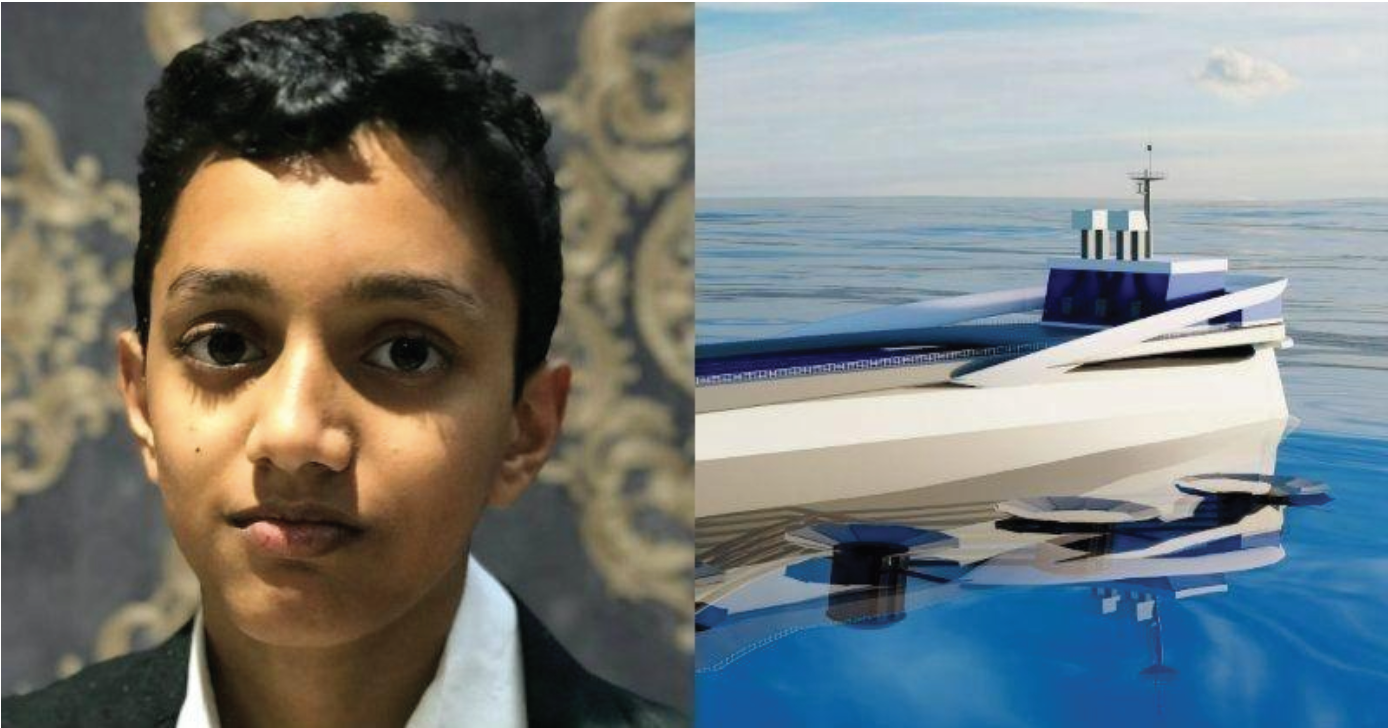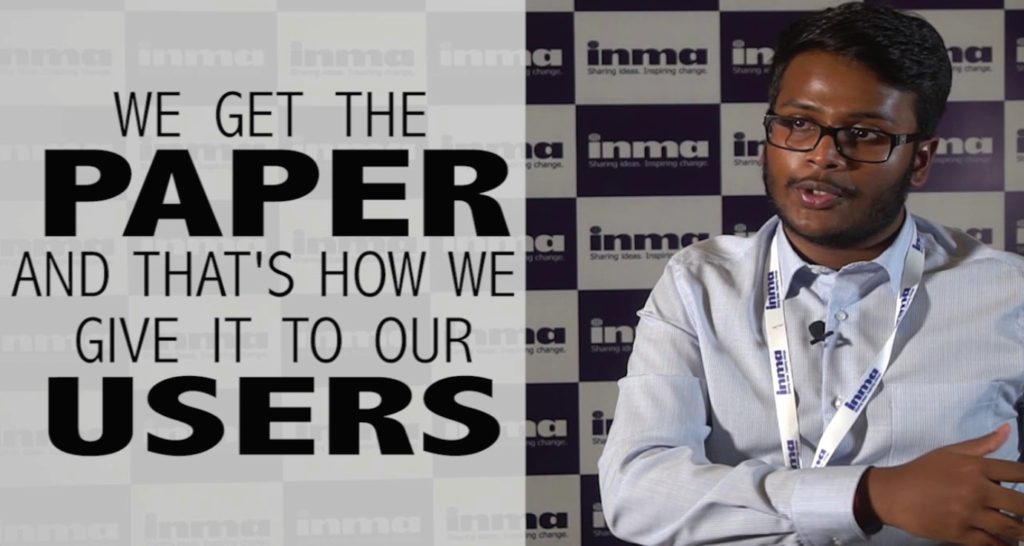The country is moving into the top orbit as a robust technological hub thanks to the government facilitating innovation and creating a highly conducive atmosphere for the start-ups. This is a great augury for investors and promoters to stake resources in India, contends Rashmi Singhvi.
In September 2020, India moved up by four places to reach the 48th rank of the Global Innovation Index (GII) and for the first time made it to the top fifty countries in the GII. India’s innovation landscape, particularly in technology, is bright and promising to say the least.
India is a technology hub and talented individuals in all parts of the country are designing inventing and innovating in various areas using technology like never before. Even those from remote parts of India are using the conducive environment, support and encouragement from the government and affiliated institutions to create path-breaking technological inventions that are changing the face of the world.
The Indian start-up scene has witnessed many inventors blossom in the last couple of decades. Now, even younger prodigies are inventing every day and entering into the start-up arena with their creations. This has lured investors and promoters not only in India but from all over the world. Technology giants such as Google, Microsoft and Facebook are diverting a lot of resources to scout for talent in the country.
Tech sector creating opportunities
India’s supremacy in the world of technology cannot be understated or ignored. The country ranks third among the most attractive investment destinations for technology transactions in the world. In November 2020, Union Minister of Department of Science and Technology, Dr Harsh Vardhan reiterated that ‘technology is a strong priority area for the Government, and it aims to make people science centric’. The concerted impetus and focus on science and technology is providing a nurturing ground for technology innovators to tap in their acumen and present their designs to the world.
For decades now, India has realised the key to economic growth is to focus on science and technology. Government policies and initiatives have been encouraging technological advancements and scientific research to boost economic growth. India is among the topmost countries in the world in the field of scientific research. Not to mention it is one of the top five nations in the field of space exploration and space technology. India has not only fast-tracked its space exploration programme but has been assisting several other countries for the same, especially the SAARC nations.

India has moved up the ranks in the Global Innovation Index (GII) from 52 in 2019 to 48 in 2020. It has also moved up to fifth rank in Global R&D Funding Forecast 2020 that compares the funding for research and development in countries. So, in terms of technological innovations, India is way ahead of the curve and offering nurturing environment to tech innovators from all parts of the country.
Innovative apps and search engines
Bengaluru-based entrepreneur Jonna Venkata Karthik Raja built India’s largest newspaper aggregator when he founded Paperboy. A mobile app, Paperboy features the widest range of Indian newspapers and magazines uploaded on a platform real time. The app lists more than 400 newspapers presently and endeavours to include languages other than English in the next phase. He thought of making the app when, while travelling, he realised he didn’t have access to his favourite newspapers and tapped on the increasing popularity of the mobile-based news reading platforms in India.
Abhik Saha, a native of Jalpaiguri in West Bengal, built a search engine from scratch and started a company of his own. Abhik had developed an interest in programming at a young age and started learning the same at 11. By 13, he had started his website designing company called Arnabhik Corp that was dealing with clientele from all over the world. Soon enough, he started building a security and anti-virus system to protect the computers at his school from malicious virus attacks. A little later, Abhik developed a search engine of his own called Origgon, to ensure search results generated are more relevant, devoid of spam, improve time efficiency and eliminate redundancy.
Propagating information using YouTube
A science enthusiast and a Youtuber, Samay Godika garnered attention when he created an original video explaining the process of autophagy i.e. a self-cleansing mechanism that could help fight diseases like cancer, Alzheimer’s, etc. The video was among the 30 chosen for a platform that curated videos from around the world on complex topics in the field of life sciences, physics, mathematics, etc. Samay was also selected by the Massachusetts Institute of Technology (MIT) for the Launch Entrepreneurship Programme 2017.
Using technology to improve lives
Founder and CEO of Invention Labs, Ajit Narayanan developed an alternate communication system for the disabled who cannot communicate with the usual means and are incommunicado with society. The tool called ‘Avaz’ uses a variety of software and hardware to provide a voice to the mute using the movement of their muscles. These muted millions use just their muscle movements. Avaz AAC is a first of its kind assistive device aimed to help people with speech disabilities to communicate. The disabilities include cerebral palsy, autism, intellectual disability, aphasia and learning disabilities, etc. In 2010, Avaz had won the National Award for Empowerment of People with Disabilities from the President of India. Ajit Narayanan was also listed in MIT Technology Review 35 under 35.
Arunachal Pradesh native Anang Tadar developed a pair of glasses to help the visuallyimpaired navigate easily and with their ‘hands free’. The goggles or glasses use the echolocation technology that mimics the way bats sense their surroundings and alerts the wearer about objects within two metres of the field view. The glasses known as G4B have won him the Dinanath Pandey Smart Idea Innovation Award and many organisations have taken a keen interest in the technology to make it ready for the market for public use.
Creating history with their inventions
Making a satellite is no small feat. Big organisations with thousands of employees such as ISRO, NASA, etc. take months to make satellites. In Tamil Nadu, Rifath Sharook, scripted history after NASA sent into space a 3D-printed satellite that he had helped build. The satellite called ‘KalamSat’ names after India’s illustrious scientist and the man behind the country’s ambitious space missions, A P J Abdul Kalam. It is also the world’s smallest satellite and weights a mere 64 grams.
Another prodigy from Kochi, Saarang Sumesh, is the youngest innovator in the country. He built his first robot when he was four years old. Till the age of ten, he had created over a dozen robots that include robots that are humanoid, smart seat belt, robotic hand, those used as walking sticks by the visually challenged and the visually impaired, etc.
Technology for the environment

Maverick Haaziq Kazi is on a mission to restore natural habitats of the living world and fix the plastic pollution issue. Studying in Pune-based Indus International School, he has designed a ship that ‘patrols’ the world’s oceans and‘cleans up’ plastic pollution along the way. He also happens to be one of the youngest presenters at TEDx.
The ship called ERVIS, set to weigh about 600 tonnes, is designed to be powered by hydrogen and renewable natural gas. Apparatus on the ship’s sides create mini whirlpools to suck in nearby water and, with them, the waste floating alongside. This waste is then sorted internally, with storage spaces earmarked for both plastic and spilled oil and the clean water is pumped back out. Once filled, the storage containers can be disengaged and transported to land, where the waste can be recycled.

